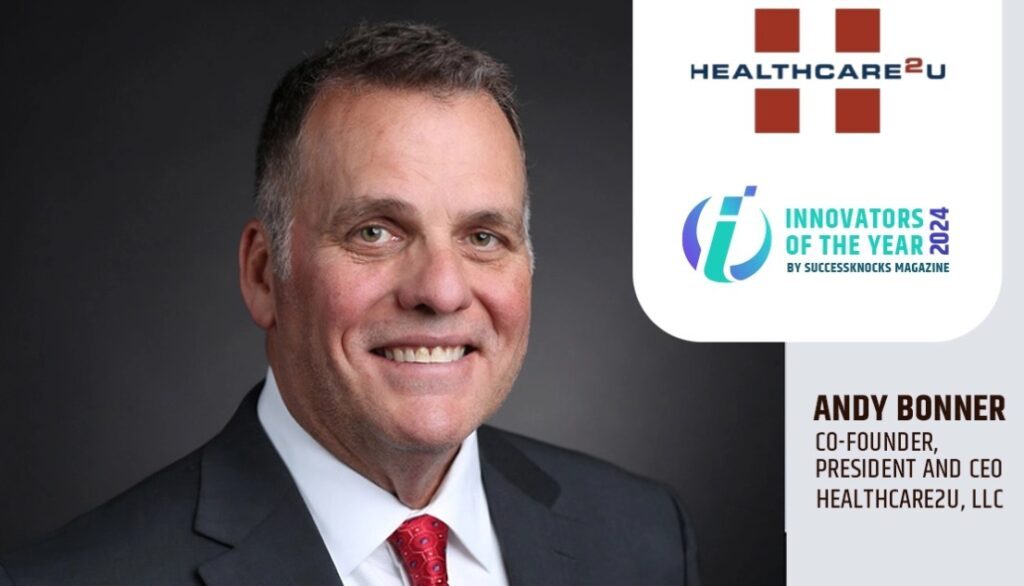Before the pandemic, healthcare spending was expected to rise by 42 percent between 2019 and 2028. According to a recent survey by the National Business Group on Health (NBGH)¹, large U.S. employers predicted their healthcare costs for 2020 would rise by a median of 6 percent without any cost management adjustments, and by 5 percent if cost management strategies were implemented.
If this year has taught us nothing, it is that things can escalate beyond your control very quickly. It’s already evident the costs of coronavirus testing and COVID-19 treatment will be high, reaching tens, if not hundreds, of billions of dollars. However, the estimates are incredibly varied because we are still in the midst of the outbreak.
Willis Towers Watson’s Best Practices in Health Care Employer Survey estimates that due to COVID-19 testing and treatment, health insurance premiums could increase as much as 7 percent on top of the 5 percent increase employers previously projected for 2021. That is a 12 percent jump expected for employers if no cost containment initiatives are put in place.
Small Employers Take Big Hits
Health plan premiums and annual cost increases are often higher for small and mid-sized employers that lack the bargaining power of giant corporations. According to the National Conference of State Legislatures, small businesses pay an average of 8 percent to 18 percent more than large companies for the same health insurance plans. It’s also not unusual for insurance companies to charge different premiums to small employers based on industry or the employer’s prior health claims.
With so much at stake for small business owners and the current economic climate, it has become increasingly crucial for benefits brokers to build benefits plans that can protect the bottom lines of employers of all sizes. One such strategy is Direct Primary Care (DPC).
How DPC Can Help
Direct Primary Care protects employers’ health plans by diverting claims for acute care, chronic disease management, and urgent care away from their health plans. Milliman, Inc. recently published a study called “Direct Primary Care: Evaluating a New Model of Delivery and Financing.” They found that DPC members visited emergency rooms 40 percent less over the course of two years. They also reported that DPC members were admitted to the hospital 26 percent less over that same two-year period.
The report estimated that direct primary care saved the employers in their study about 5 percent of total non-administrative plan costs. For a small business, savings like this can mean the difference between keeping the doors open or having to shutter them or lay off employees.
Adding direct primary care to health plans does not detract from other plan offerings—it enhances them. DPC is also straightforward to implement. With DPC providers like Healthcare2U, employers can maintain a healthier workforce with flexible enrollment options, excellent customer support, and a tailor-made benefits platform that works with existing carriers.
It is Time for Change
Increases to the cost of employer-sponsored health insurance premiums continue to outpace the inflation rate and employee wages. Between 2018 and 2019, inflation increased by 2 percent, and workers’ wages increased less than 4 percent, while the average individual premium increased by 4 percent, and the average family premium increased by 5 percent.
Large and small businesses know that if they do not make changes to their healthcare plans in the years ahead, their costs will continue to rise at an unsustainable rate. To keep their workforces healthy, safe, and able to work through these turbulent times, we cannot expect more from an already broken healthcare system. We can only ask for a change.
This time is pivotal for benefits brokers to present innovative solutions that reduce the projected health plan increases. To learn more about how direct primary care can make health plans more affordable, contact Healthcare2U. No matter the size of your client’s employee population, we have solutions that deliver actual cost savings.
¹ 2020 Large Employers’ Health Care Strategy and Plan Design Survey by the nonprofit National Business Group on Health (NBGH)







